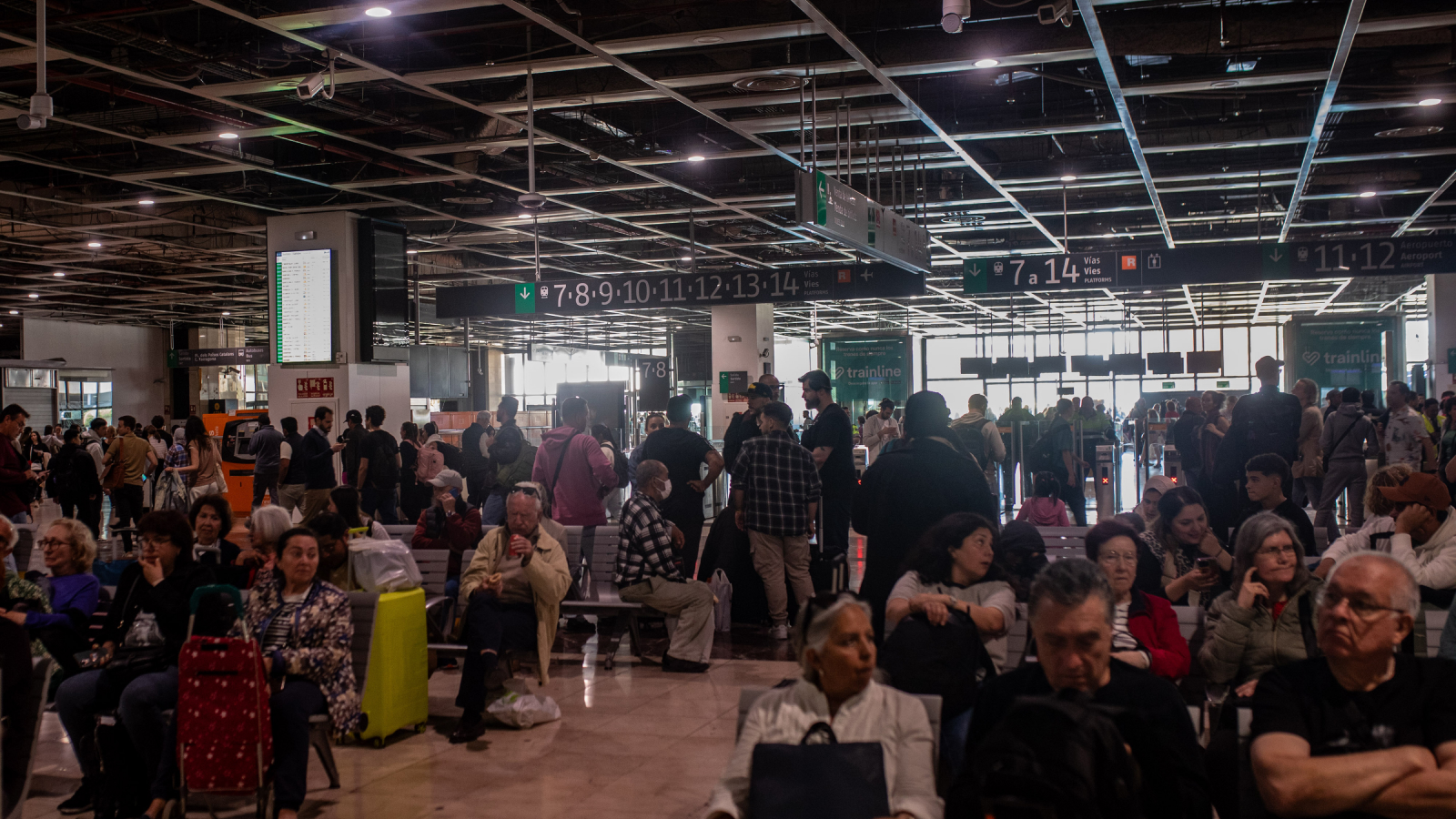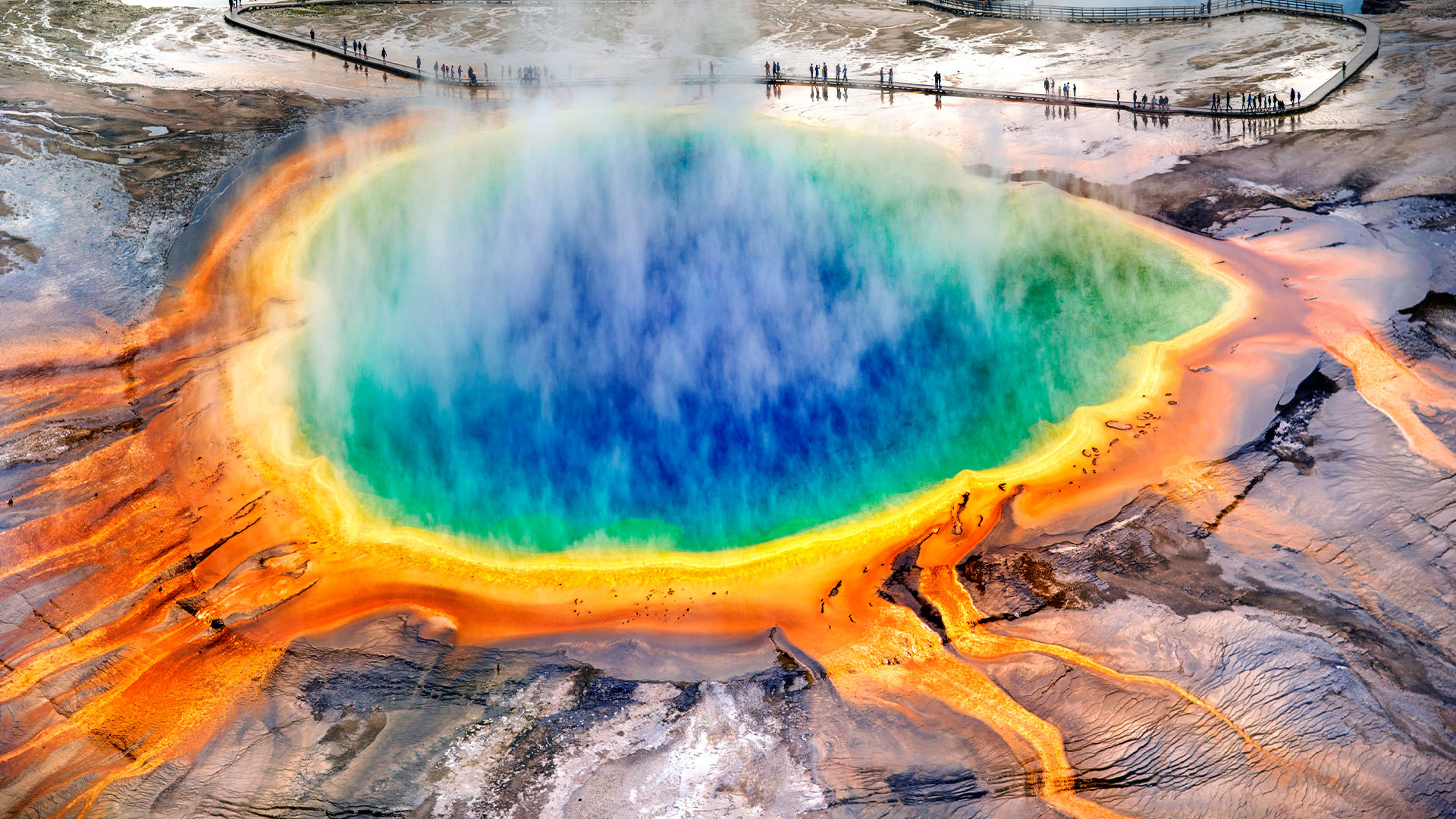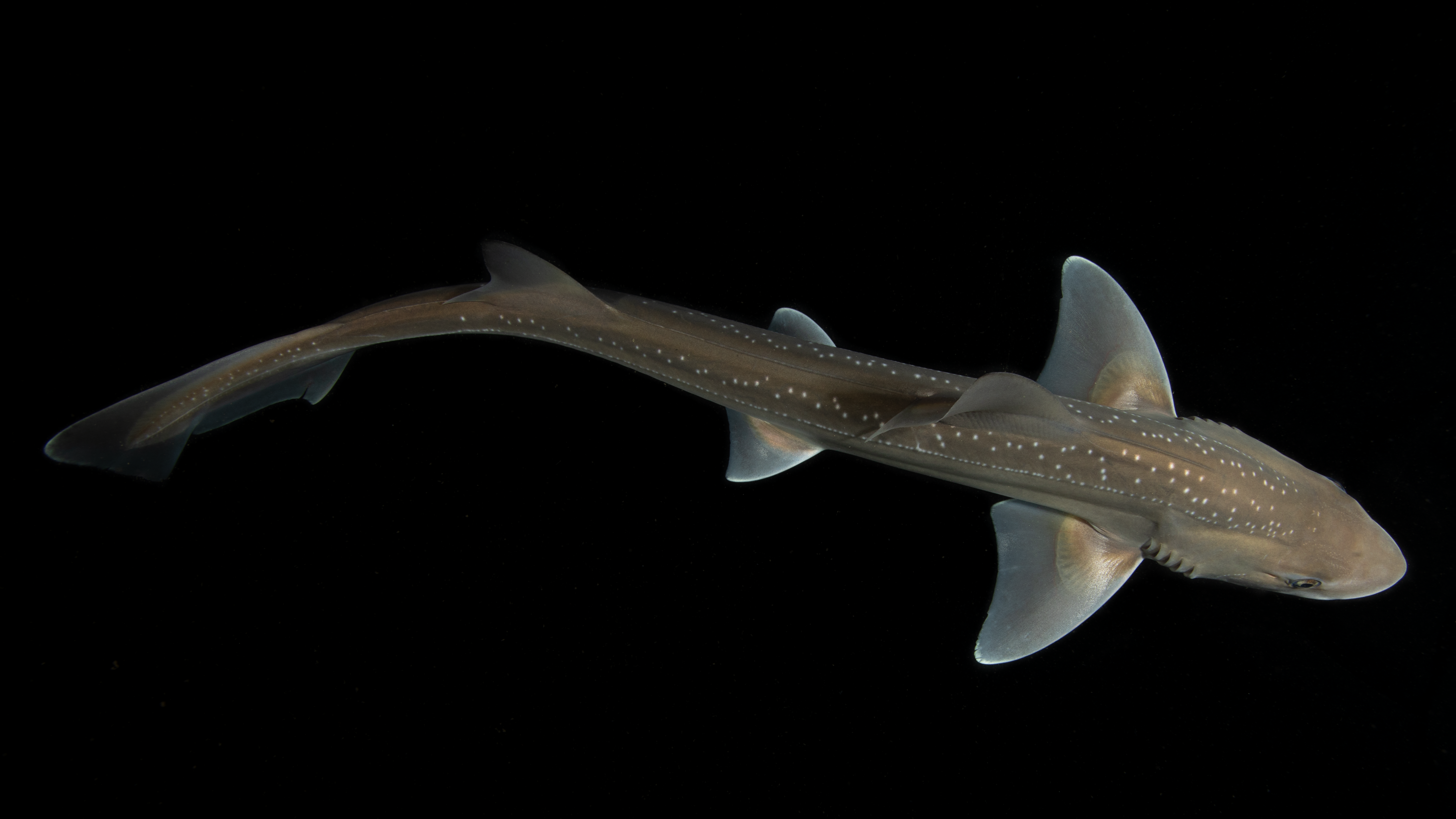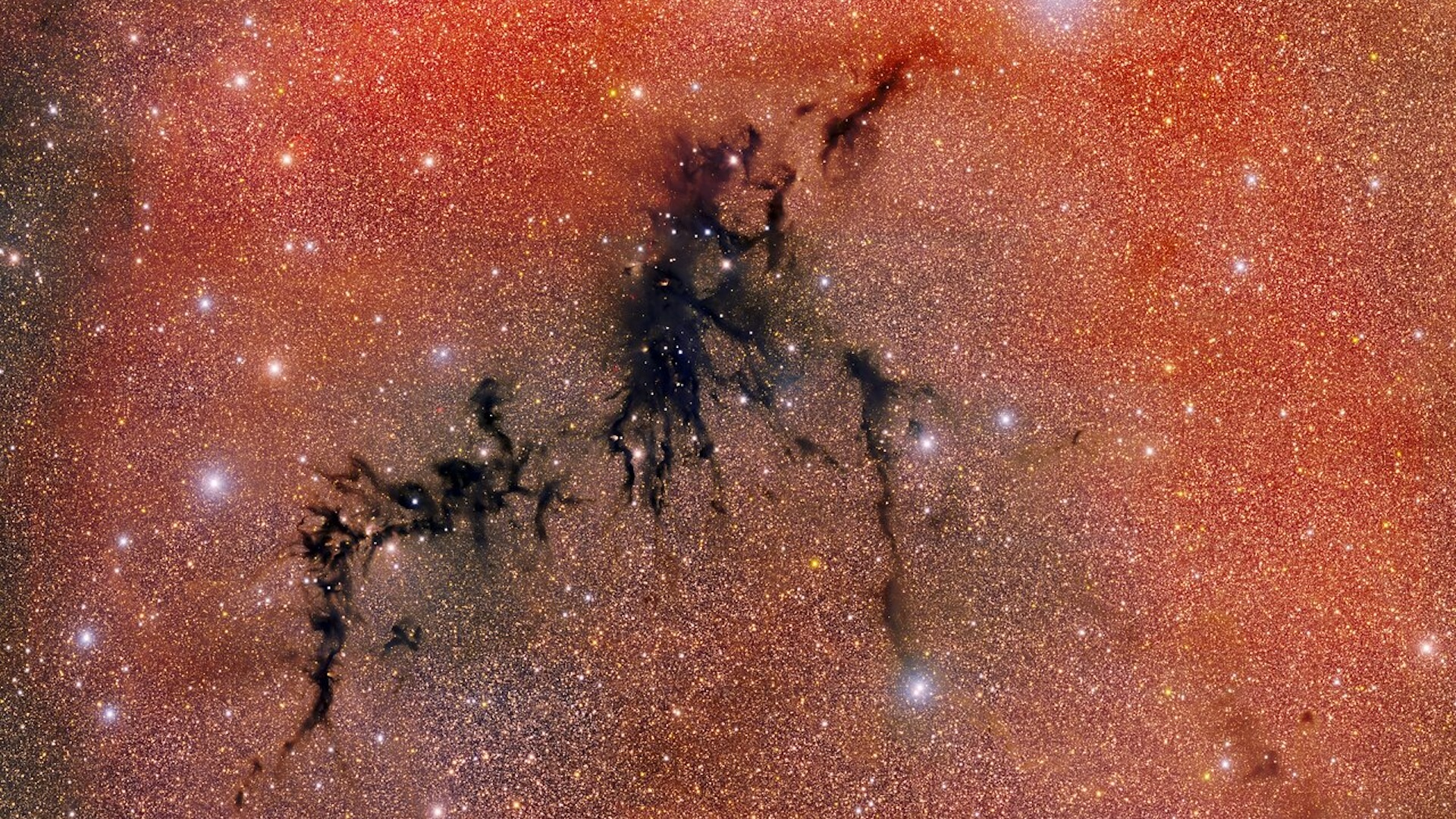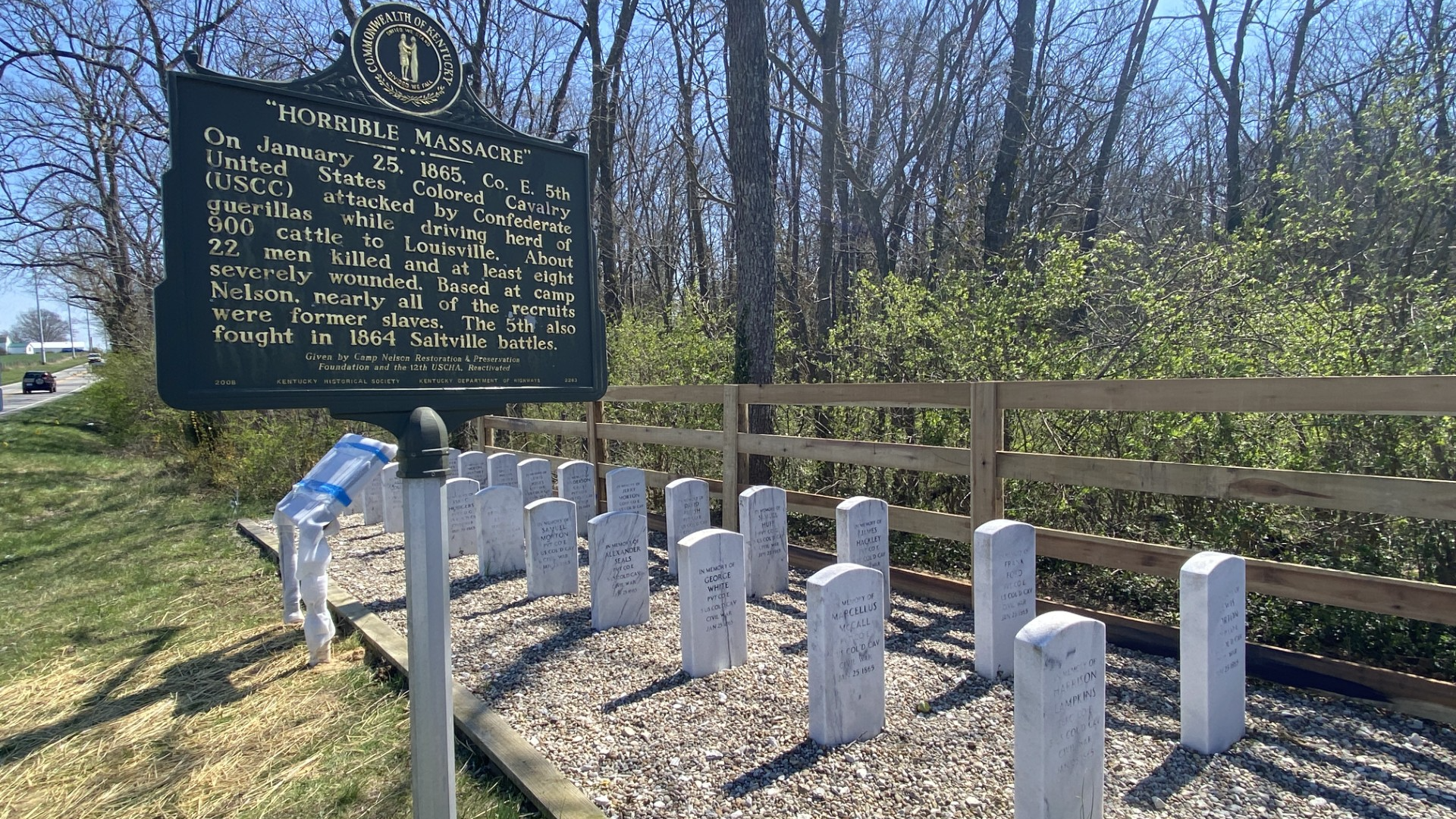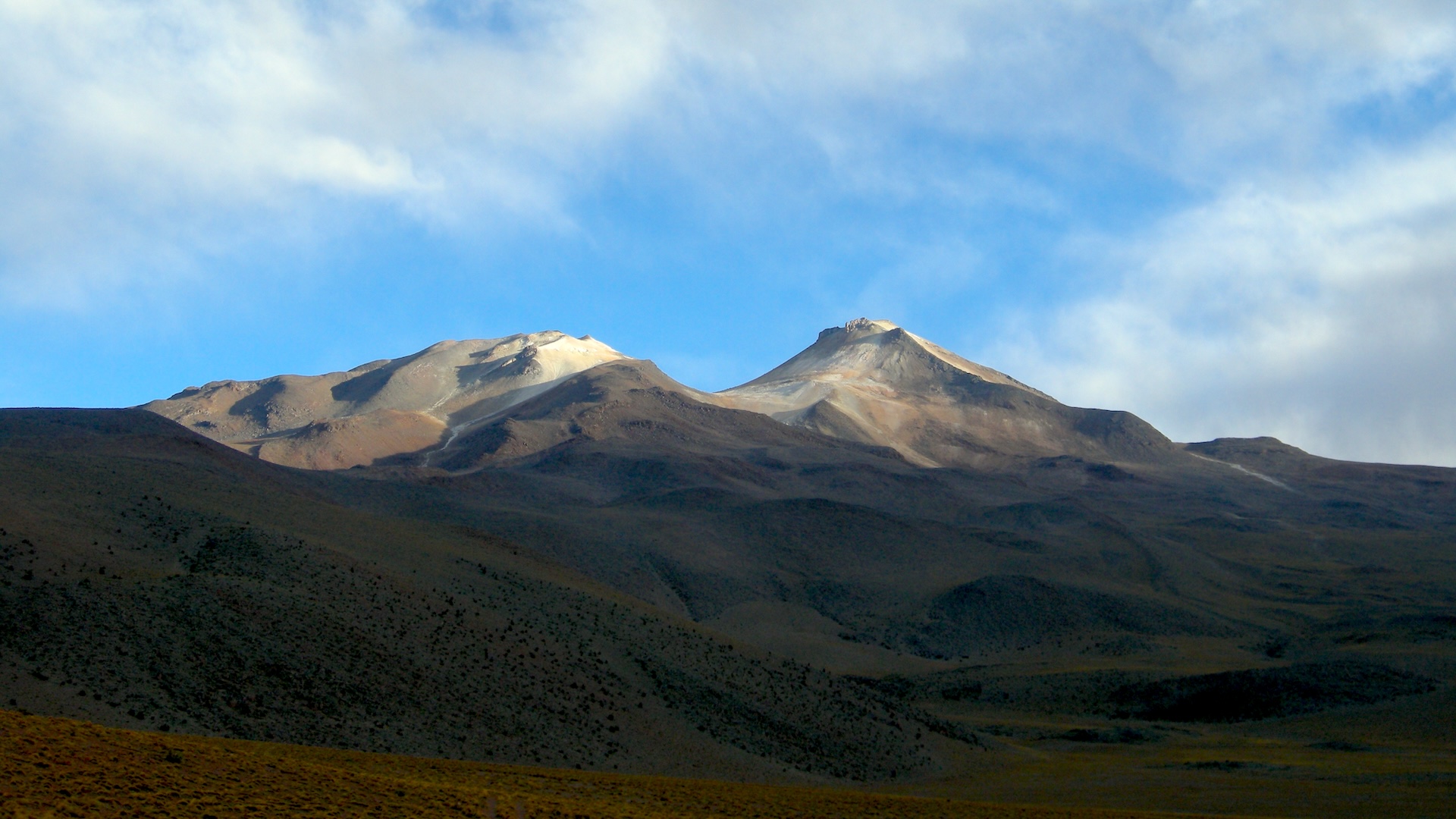Catquistadors: Oldest known domestic cats in the US died off Florida coast in a 1559 Spanish shipwreck
The 466-year-old remains of an adult and a juvenile cat are the oldest known in the modern-day United States, a new study finds.
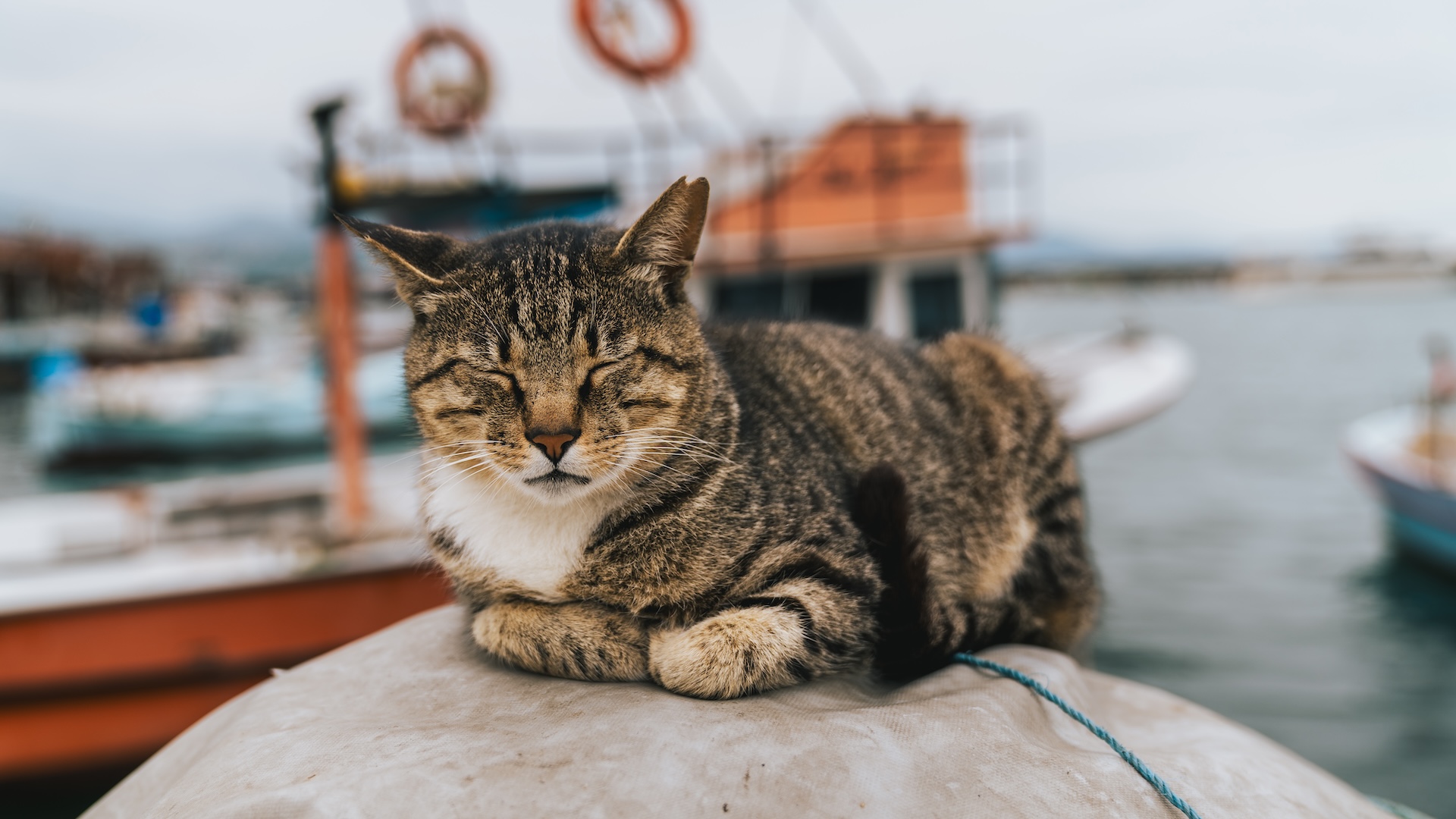
The earliest known domestic cat in what is now the United States perished 466 years ago in a shipwreck off the coast of Florida, a new study finds.
The ship was part of a Spanish colonizing expedition led by the conquistador Tristán de Luna y Arellano, who was voyaging from Mexico under the Spanish crown. In September 1559, a hurricane in Pensacola Bay wrecked several of the 11 ships, which had been anchored near the new Spanish settlement of Santa María de Ochuse. Researchers found one of these wrecks, known as Emanuel Point II, in 2006. This shipwreck holds the remains of an adult and a juvenile domestic cat (Felis catus), according to the new study, which was published April 14 in the journal American Antiquity.
"Our current understanding is that all domestic cats come from ancestors in the Middle East. So, they had to be introduced to the Americas by people," said study co-author Martin Welker, an anthropological archaeologist who specializes in zooarchaeology at the University of Arizona.
Archaeologists had previously found domestic cat remains in other early Spanish settlements, including the Indigenous Taíno town of En Bas Saline in what is now Haiti, where Chistopher Columbus landed in 1492. But Columbus never made it to continental North America. Instead, "the Spanish expeditions in Florida were really the first opportunities for domestic cats to reach what is today the U.S.," Welker told Live Science in an email.
Related: Pet cats arrived in China via the Silk Road 1,400 years ago, ancient DNA study finds
The team analyzed the cat bones using several techniques, including zooarchaeological (comparing the bones from the shipwreck to the bones of modern cats), isotopic (surveying different chemical signatures) and genetic (studying ancient DNA) analyses, Welker said. The results confirmed that the bones belonged to domestic cats and provided insights into their feline ancestries as well as the adult cat's diet.
"What was interesting, is that our cat was not eating the rats on board the ship but had a diet more in line with what we'd expect for the sailors," study co-author John Bratten, an anthropologist at the University of West Florida, told Live Science in an email. This indicates that the sailors fed the adult cat either because the rats did not provide enough food, or out of affection, the researchers wrote in the study.
Sign up for the Live Science daily newsletter now
Get the world’s most fascinating discoveries delivered straight to your inbox.
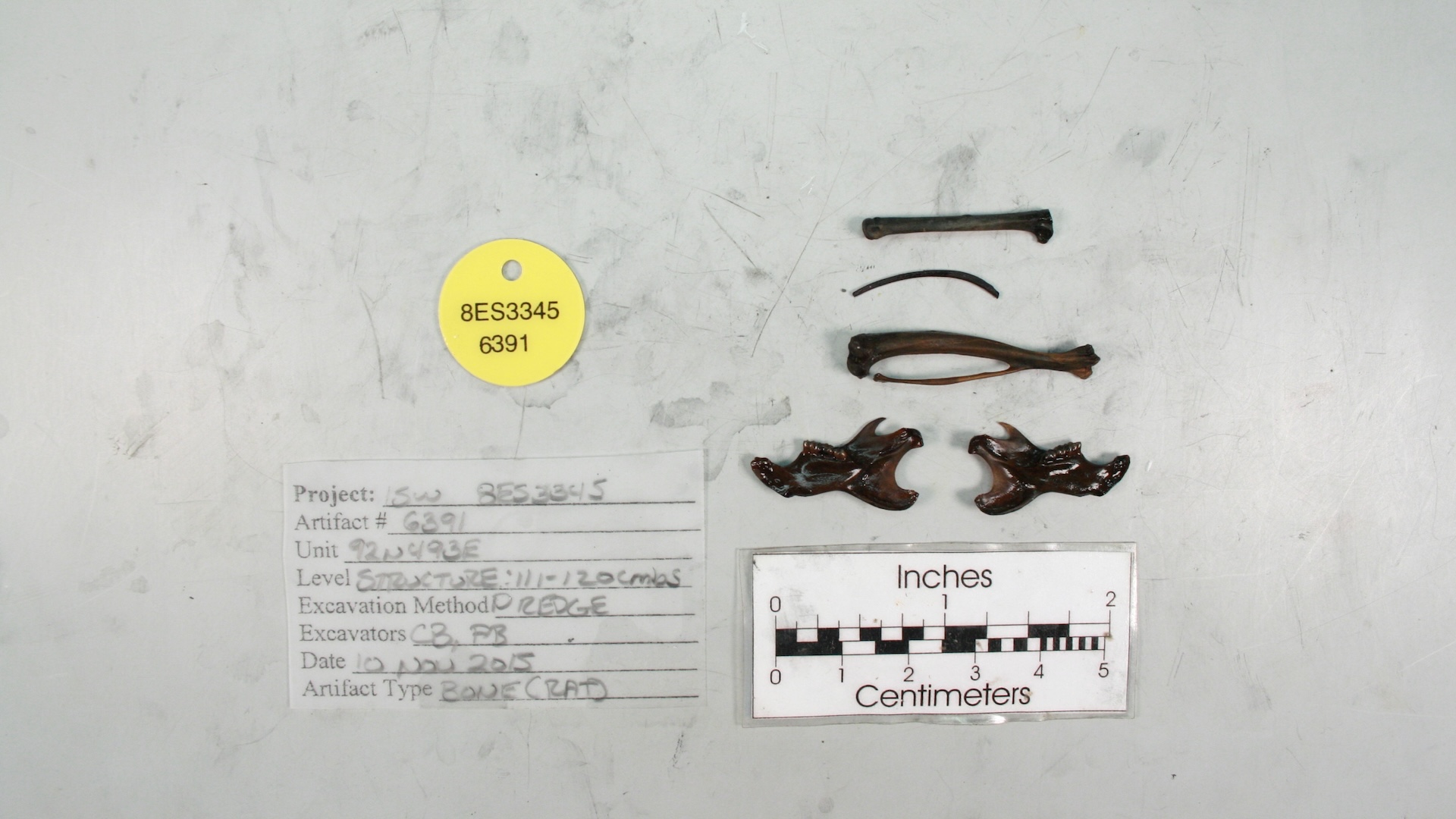
"It was interesting to think about the idea of the cat being a pet or one that was looked after by the Spanish sailors," Bratten added.
The genetic analyses suggest that both the adult and juvenile cats descended from European relatives. While it's impossible to determine how the cats got onto the ship, one idea is that they slipped aboard while it was anchored or docked in Mexico before sailing for Florida, Bratten said.
However, they may have been brought aboard intentionally, given that cats helped control the rat and mice populations that could get into food supplies and transmit diseases, Welker said.
It wouldn't be surprising if the cats had been mousers, because "from their domestication until their arrival in the New World, cats' primary role in many communities was pest control, something that they were well suited to and that required little supervision from their human cohabitants," the researchers wrote in the study. The ancient Romans likely introduced cats to Europe for this reason, according to the study.
Today, one in every three U.S. households has a pet cat, according to the study, and there are more than 600 million domestic cats worldwide.

Margherita is a trilingual freelance writer specializing in science and history writing with a particular interest in archaeology, palaeontology, astronomy and human behavior. She earned her BA from Boston College in English literature, ancient history and French, and her journalism MA from L'École Du Journalisme de Nice in International New Media Journalism. In addition to Live Science, her bylines include Smithsonian Magazine, Discovery Magazine, BBC Travel, Atlas Obscura and more.
You must confirm your public display name before commenting
Please logout and then login again, you will then be prompted to enter your display name.



